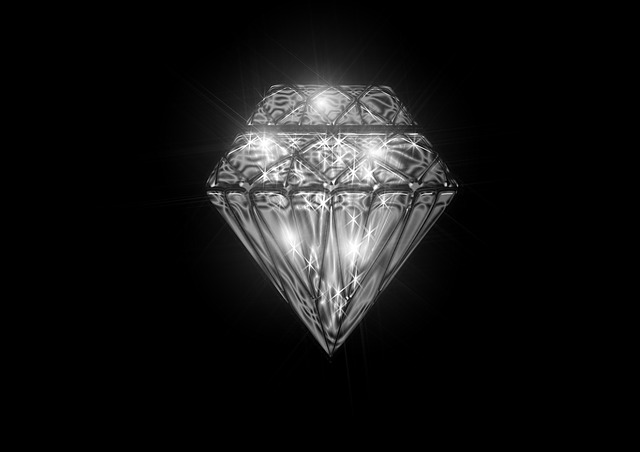
Minerals Yearbook: Exploring the Evolution of Lab-Created Diamonds
The Minerals Yearbook is a comprehensive publication that provides valuable insights into the global mineral industry. Among the many minerals and gemstones covered in this annual publication, one topic that has garnered significant attention in recent years is lab created diamonds. These synthetic diamonds have revolutionized the diamond industry, offering consumers a sustainable and affordable alternative to natural diamonds.
Lab-created diamonds, also known as synthetic or man-made diamonds, are produced in laboratories using advanced technological processes that replicate the natural diamond formation. These diamonds are grown from a tiny carbon seed, subjected to high-pressure and high-temperature conditions, allowing carbon atoms to bond and crystalize over time. The result is a diamond that shares the same physical and chemical properties as natural diamonds.
One of the remarkable aspects of lab-created diamonds featured in the Minerals Yearbook is their growing presence in the global diamond market. As consumers become more conscious about the environmental and ethical implications of their purchasing decisions, lab-created diamonds have gained popularity as a sustainable alternative. These diamonds are produced with minimal environmental impact, require no mining, and reduce the reliance on traditional diamond extraction practices.
The Minerals Yearbook highlights the global growth and market demand for lab-created diamonds. In recent years, various countries, including the United States, India, China, and the United Kingdom, have seen a surge in the production and distribution of lab-created diamonds. This increase in supply has led to greater accessibility and affordability for consumers, making lab-created diamonds a viable choice for engagement rings, jewelry, and other luxury items.
One of the key advantages of lab-created diamonds is their ability to offer consistent quality and characteristics. Unlike natural diamonds, which may have variations in color, clarity, and size, lab-created diamonds can be produced with precise specifications. This level of control allows consumers to choose from a wide range of options and ensures that each diamond meets their desired criteria.
Furthermore, the Minerals Yearbook sheds light on the advancements in technology and manufacturing processes that have contributed to the growth of lab-created diamonds. With ongoing research and innovation, scientists and engineers continue to refine the production methods, resulting in higher quality and larger carat sizes. These advancements have played a crucial role in shaping the future of lab-created diamonds and their place in the global market.
In addition to their sustainability and consistent quality, lab-created diamonds also offer an appealing price point for consumers. Compared to natural diamonds, which can carry a significant price premium due to their rarity, lab-created diamonds are typically more affordable. This affordability allows individuals to choose larger carat sizes or invest in more intricate designs, making lab-created diamond jewelry an attractive option for a wide range of consumers.
The Minerals Yearbook serves as a valuable resource for industry professionals, researchers, and consumers interested in the diamond industry. It provides insights into the global supply and demand dynamics, market trends, and the role of lab-created diamonds in shaping the industry’s future. With the continued growth and evolution of lab-created diamonds, the Minerals Yearbook will undoubtedly continue to feature their significant contributions to the global mineral industry.
In conclusion, the Minerals Yearbook showcases the emergence and evolution of lab-created diamonds as a game-changer in the diamond industry. These sustainable, affordable, and high-quality gems have captured the attention of consumers worldwide.
As the demand for ethically sourced and environmentally friendly products continues to rise, lab-created diamonds are poised to play a pivotal role in the future of the global diamond market.
